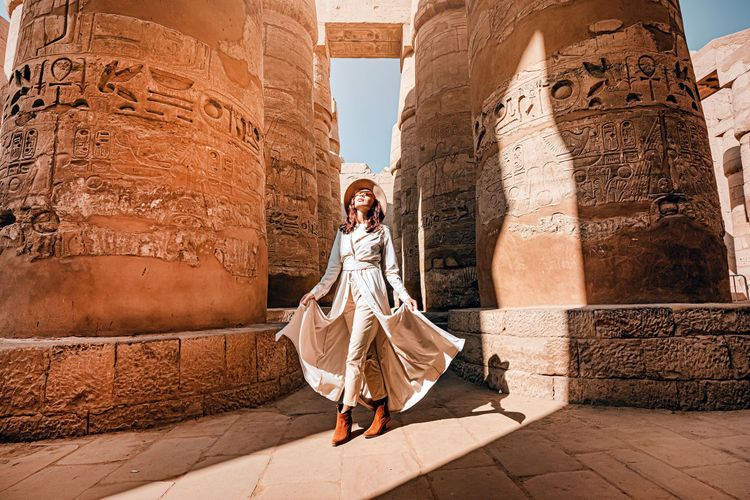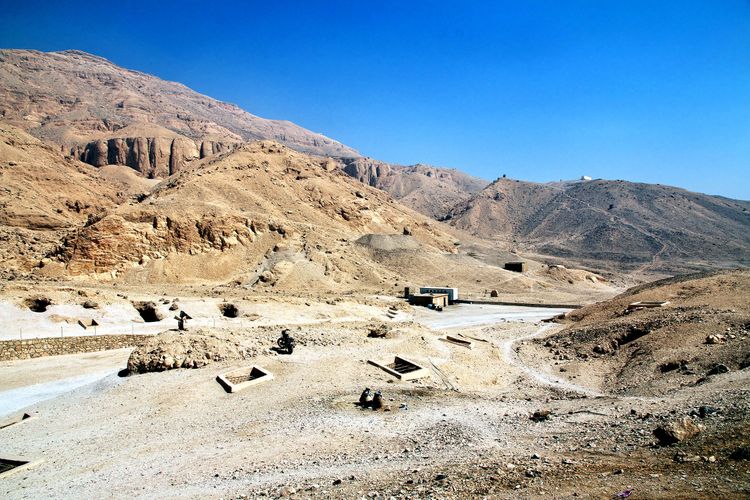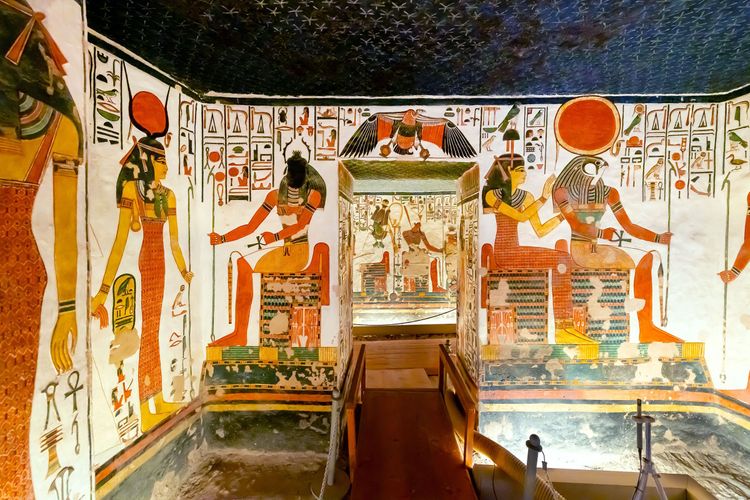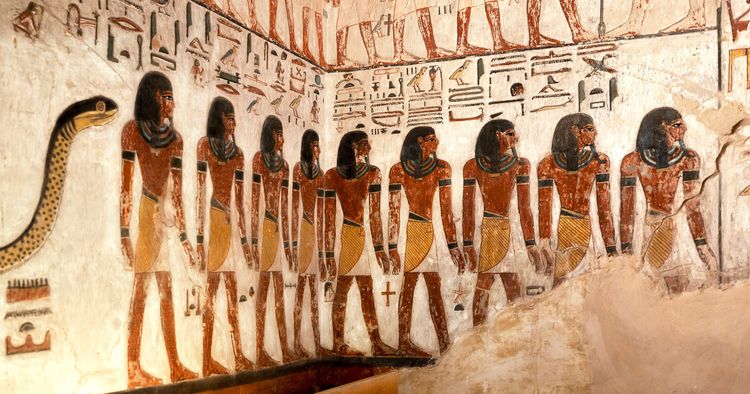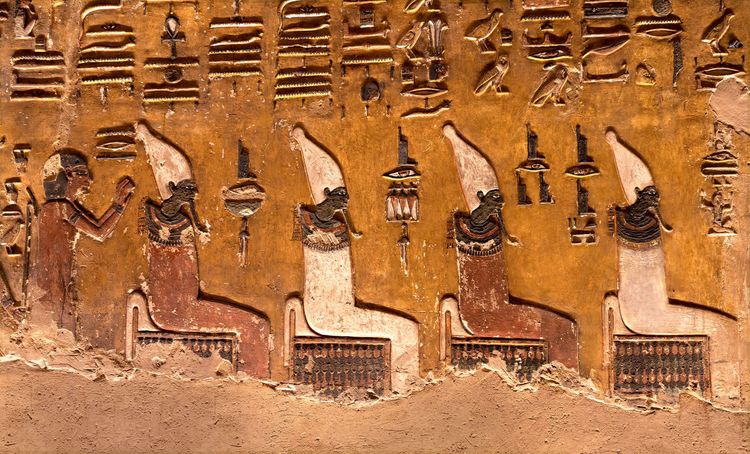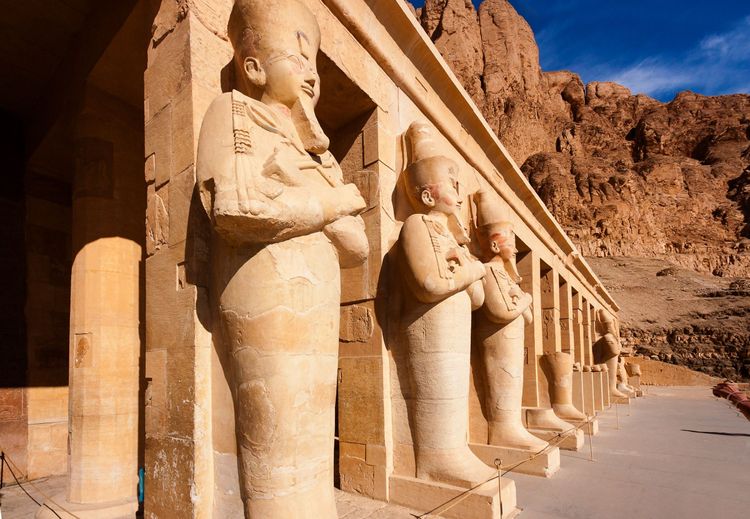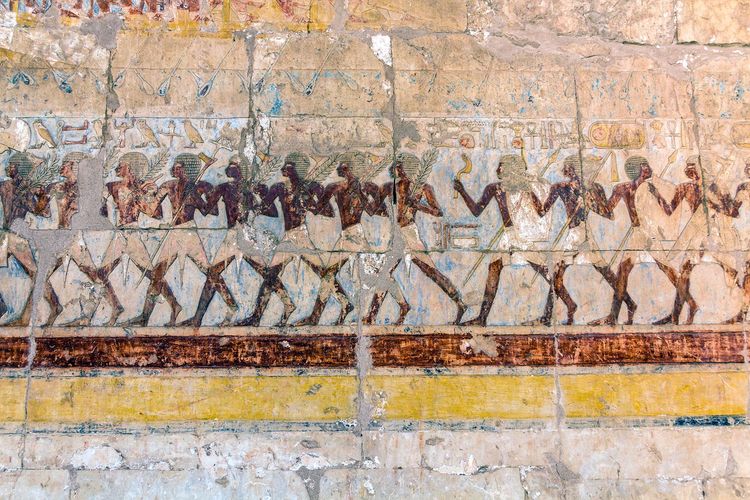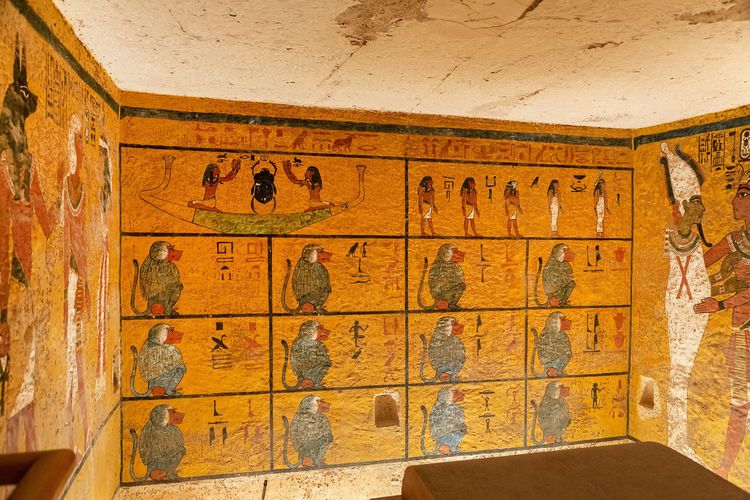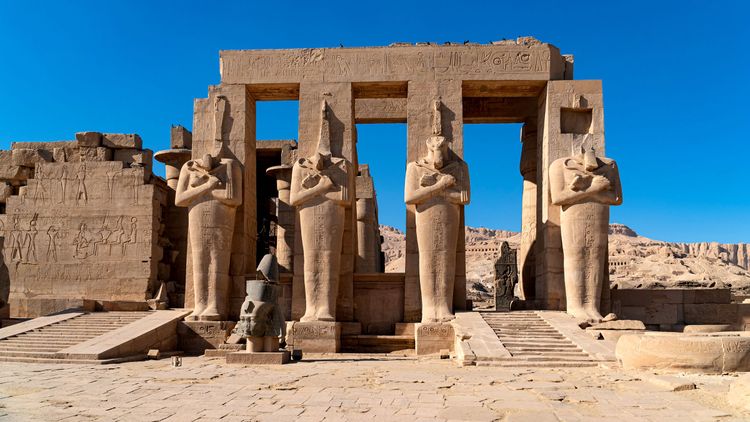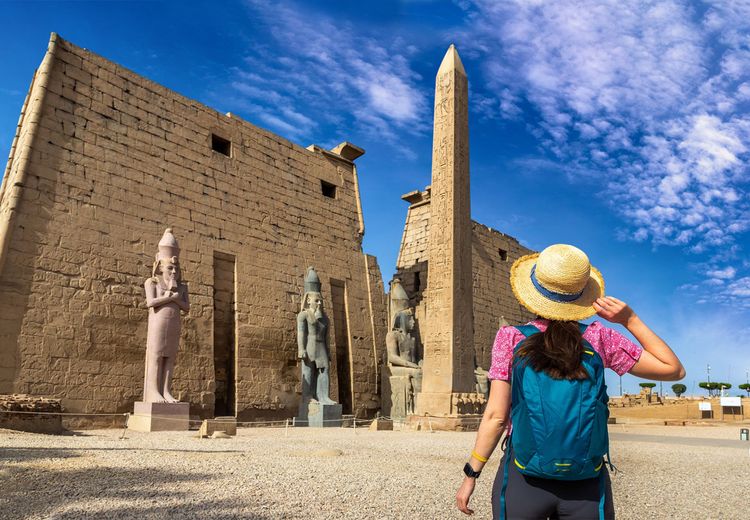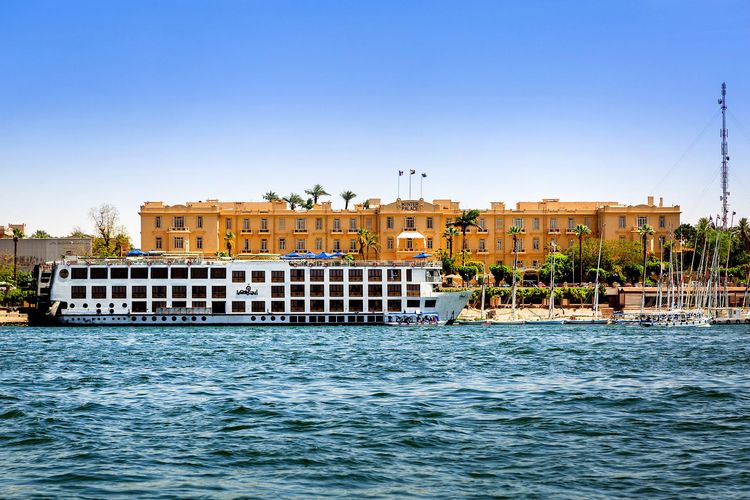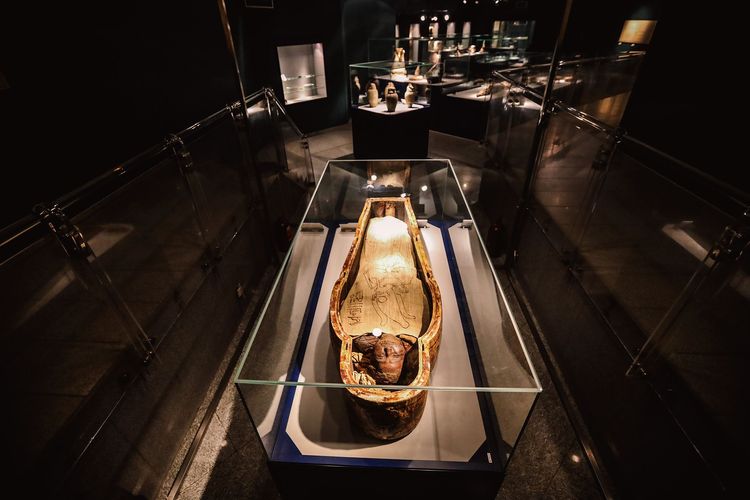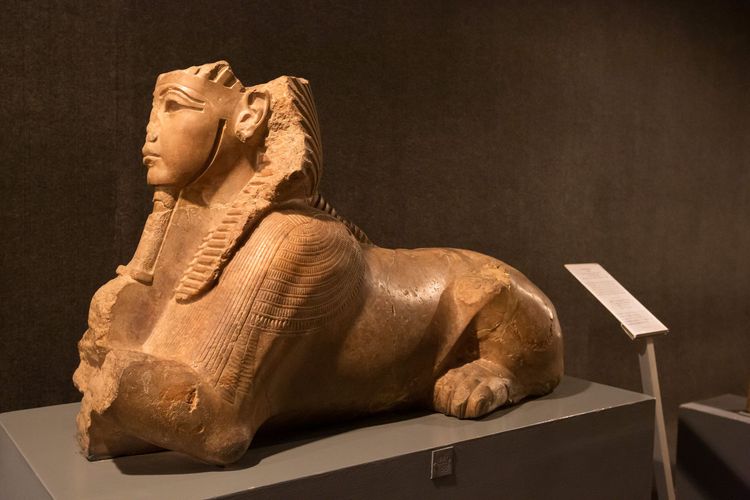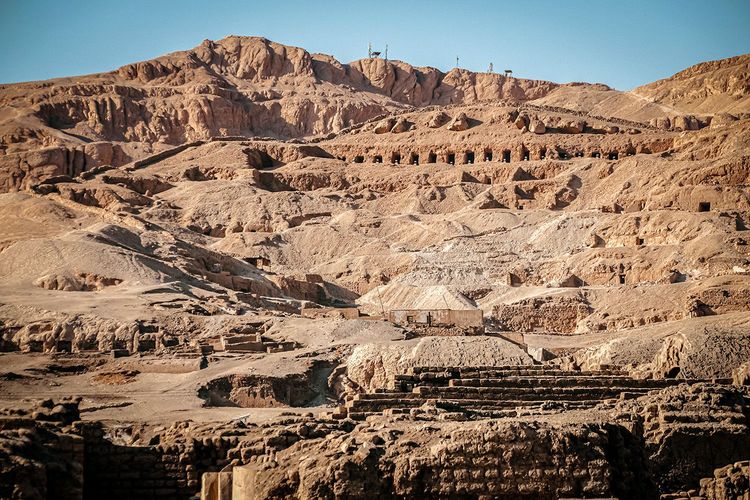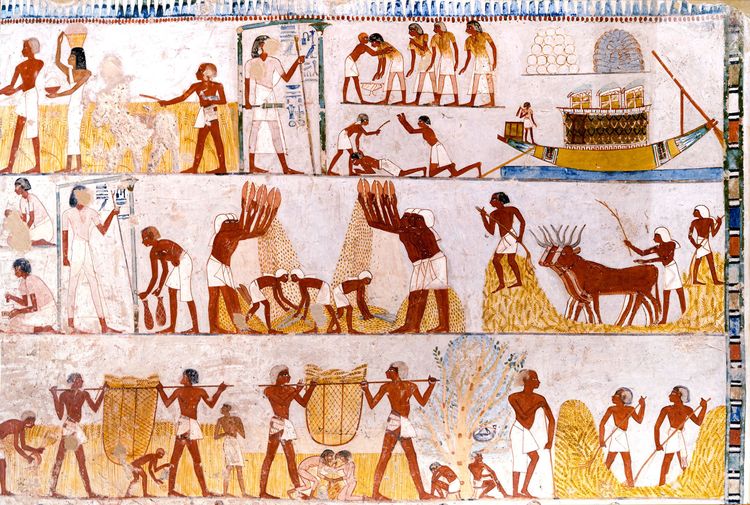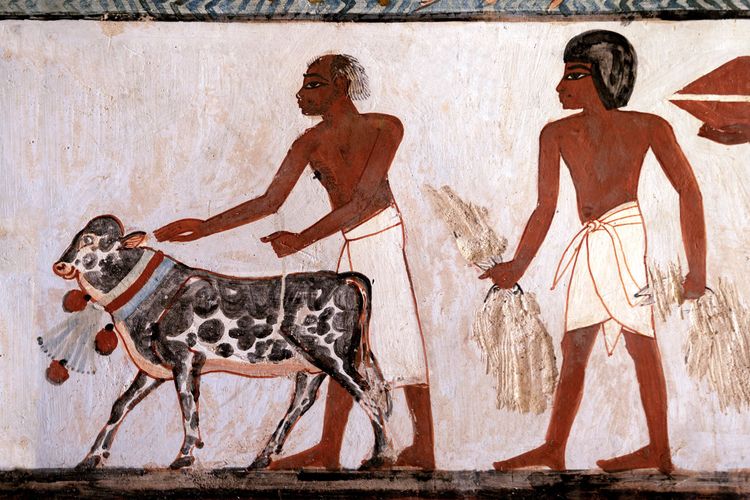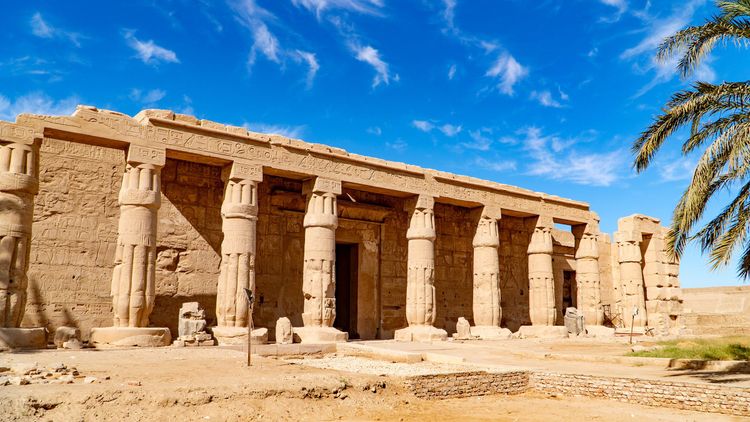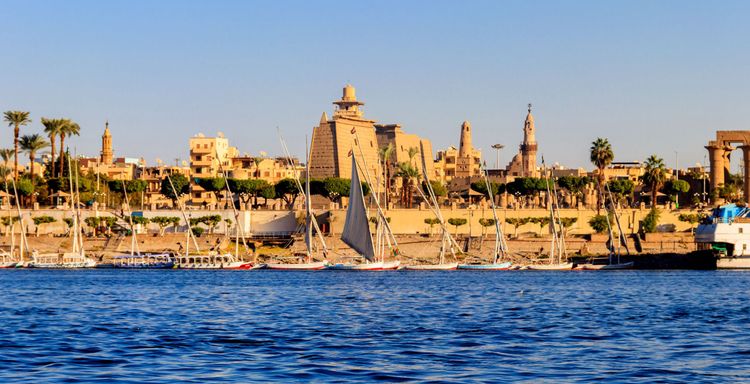We're not going to lie, the heat is exhausting and you won't immediately want to rush off to discover new things. To accommodate this, we suggest you return to your hotel for lunch. Or you could visit the house of Egyptologist Howard Carter, the man who discovered Tutankhamen's tomb. The house is close to where you are, just off Kings Valley Rd, which should make you very happy. Even on foot, you'll be there in no time. Of course, this destination has a major attraction. It is the perfect reconstruction of the tomb that Carter discovered in 1922, the tomb-cave of Tutankhamen.
Here you will have to pay the entrance fee if you don't have a pass (the Luxor Premium Pass is definitely the key to all the attractions). In the garden, there's a cafeteria that's supposed to welcome you, but lately it's been closed due to a lack of visitors. That's why it's a good idea to always have something to drink and refresh yourself. You can sit down in the shade and recharge your batteries before your visit. And eat a sandwich, if you remembered to bring one.
The visit takes place in two stages. First, the Egyptologist's house. You'll visit his study, see his personal effects in their original setting, and the photos taken at the time of his discovery by the photographer Harry Burton, who worked in the room.
 Luxor
Luxor
